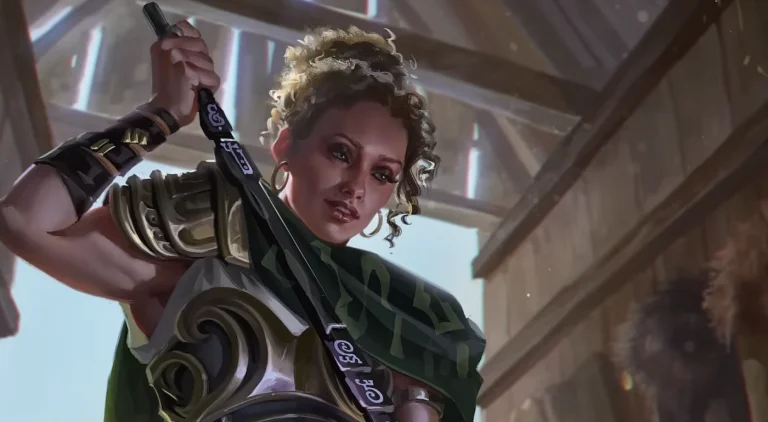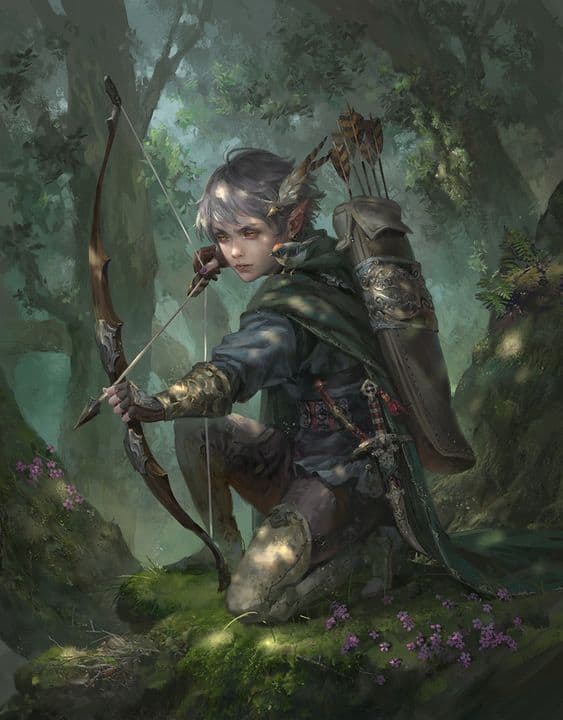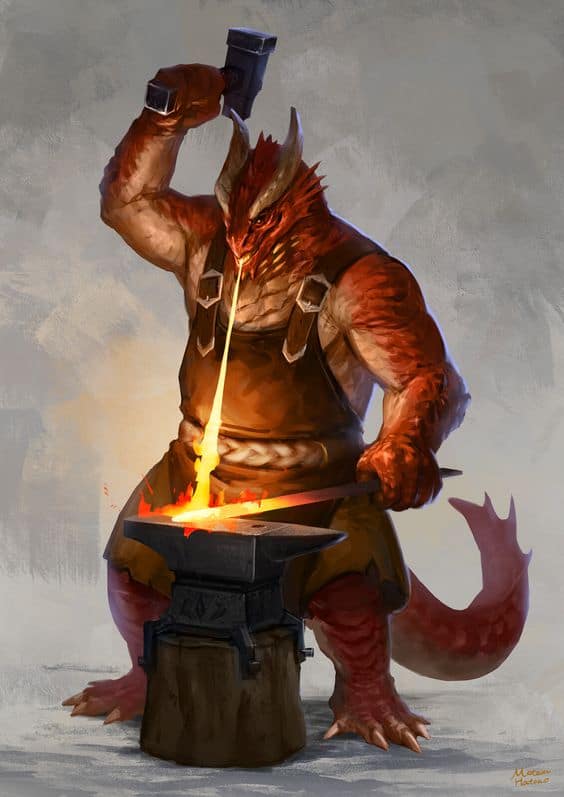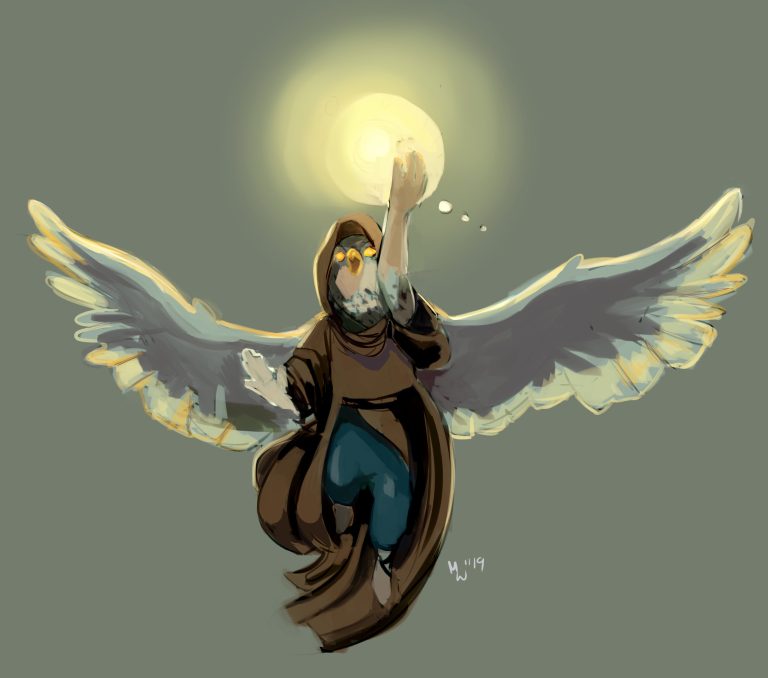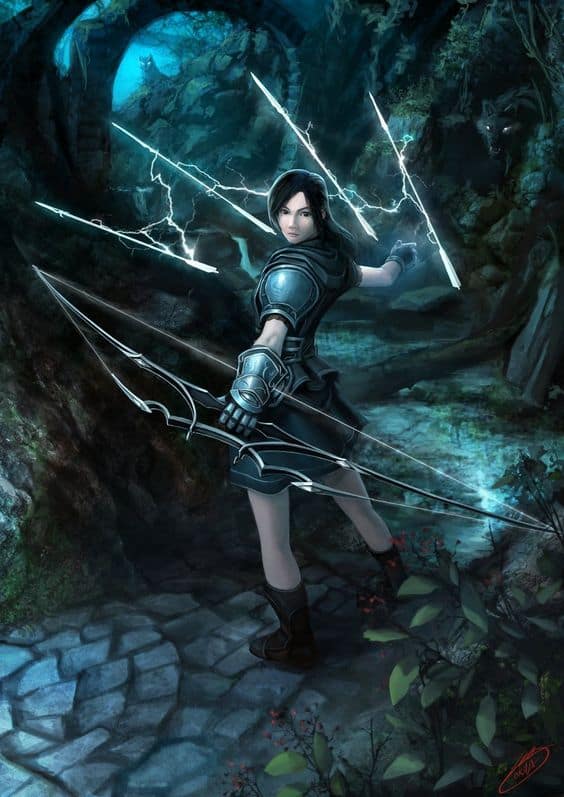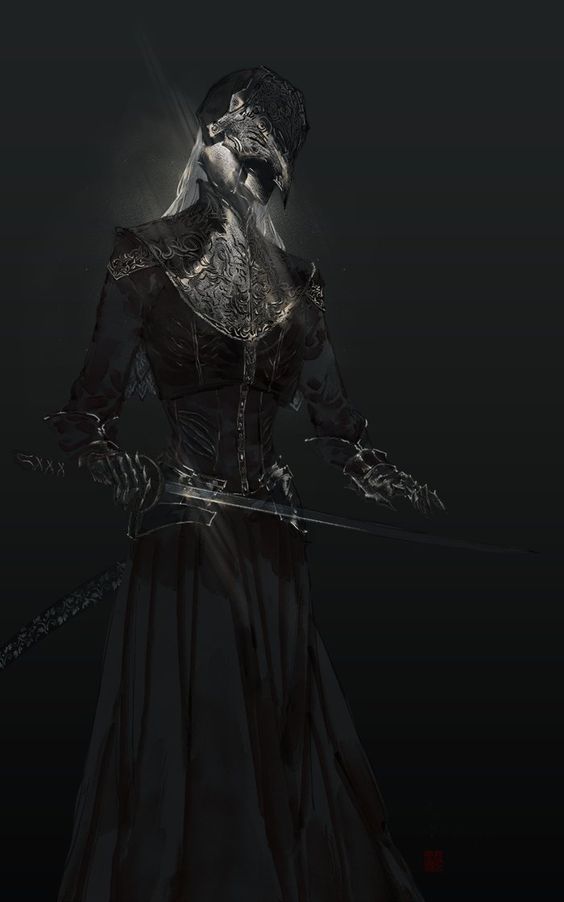D&D 5e: The Strength Domain Cleric Guide

D&D 5e: The Strength Domain Cleric Guide
Role in Party
The Strength Domain Cleric is not technically an official subclass but can be found in the Planeshift: Amonkhet adventure guide, available for free on dmsguild.com. Planeshift: Amonkhet adapts the Magic the Gathering Amonkhet setting—which draws heavily from ancient Egyptian mythology—into a playable D&D world. This world is populated by specific races, gods, and monsters, and the guide includes distinct backgrounds and cleric subclasses.
If your group is not playing an Amonkhet campaign, be sure to check in with your DM to ensure that the Strength Domain Cleric subclass is an acceptable subclass for your game. If this subclass is playable in your game, you’ll be adding a strong melee fighter to the party who can give trajectory-shifting boosts to yourself and your companions while also having all the reliable healing and spellcasting abilities of your traditional cleric.
Strength Cleric Features
Strength Domain Spells
The spells available to a Strength Domain Cleric are about as good as they come. At first level, you’ll gain access to Divine Favor and Shield of Faith which, respectively, make you hit harder and harder to hit. As you gain levels, you’ll be granted excellent buffing spells, like Enhance Ability and Haste, and powerful AoE spells like Destructive Wave. There’s hardly a bad spell to choose from in the list.
Bonus Proficiency
The reason a player chooses to play a Strength Domain Cleric is that they want to smash some heads. This subclass’s added proficiency in heavy armor helps you stay in the middle of a fight to do exactly that.
Acolyte of Strength
The “Acolyte of Nature” feature from the Nature Domain in the PHB with the added Athletics skill option. There are a few overlaps between Cleric and Druid cantrips, but if you purchase or pick up a club or quarterstaff, Shillelagh is a neat Druid-only cantrip, and Thorn Whip is an excellent offensive cantrip whose damage increases as you gain levels.
Channel Divinity: Feat of Strength
This Strength Domain Cleric feature is similar to the Guided Strike feature from the PHB’s War Domain Cleric, except it’s slightly better. With Guided Strike, you can only use your +10 bonus on an attack roll, while with Feat of Strength, you can add a +10 bonus to any attack roll, ability check, or saving throw that uses your strength ability. As a Strength Domain Cleric, you’ll likely be wielding a strength-based weapon, so this feature will often be useful during combat. And, though strength saving throws aren’t the most common type (that title goes to dexterity saving throws), a +10 bonus to save against a spell like Maelstrom or Tsunami could be critical.
Channel Divinity: Rhonas’ Blessing
This feature is the same as the Feat of Strength, except instead of applying the +10 bonus to yourself, you may bestow it upon any creature within 30 feet of you.
Divine Strike
A common feature among Clerics, Divine Strike for a Strength Domain Cleric deals an extra 1d8 of whatever type of damage your weapon normally deals when you hit a creature with that weapon. It also increases to 2d8 at level 14. The reason this feature is good instead of epic is that the damage isn’t diversified between weapon and spell damage. But as long as you’re wielding a magical weapon by 8th level to overcome bludgeoning, piercing, and stabbing resistances, this shouldn’t be much of a hindrance.
Avatar of Battle
While all damage resistances are useful to an extent, gaining this feature at level 17 is kind of a bummer. It gives you weapon damage resistance (that is, resistance to bludgeoning, piercing, and slashing) from nonmagical attacks which will hardly be useful against the creatures you will be fighting at this high of a level. Should your DM decide to be extra kind and remove the “from nonmagical attacks” caveat, however, then this feature could make you the tankiest of tanks.

Strengths
At lower and mid-levels, the Strength Domain Cleric would undoubtedly make for a strong, spell-casting tank that can provide powerful buffs to themselves and others during the heat of battle. Plus, if you’re playing this class within the Amonkhet setting, this character would make an awesome champion of Rhonas’ the Indomitable.
Weaknesses
The Strength Domain Cleric’s feature becomes a bit more meh as you get into Tier 4 levels of gameplay, which can be a downer for players who make it that far because of the expectation that features become increasingly awesome as you gain levels. Plus, this subclass might be unplayable if you’re participating in official D&D gameplay or your DM forbids it.
Best Race Options
Hill Dwarf — Hill Dwarves get a +1 bonus to Wisdom and the Dwarven Toughness feature, which gives you an additional 1hp with every level. This is the perfect combination for a cleric who will almost always be smack dab in the middle of combat. Plus, the additional abilities you gain from being a Dwarf give you resistance to poison and advantage on saving throws against poison as well as additional proficiencies with axes and hammers that will undoubtedly improve your damage-dealing capabilities.
Goblin — With Monsters of the Multiverse’s newly added flexibility for boosting ability scores, you can boost up to three abilities by 1 point (your best bet is increasing Wisdom and Strength). What the Goblin offers the Strength Domain Cleric is the Fury of the Small and Nimble Escape features. The former helps you hit harder, allowing you to add your proficiency bonus to damage done by weapon or spell attacks. The latter helps you move more easily in combat, allowing you to Disengage as a bonus action. Both complement a melee-fighting Cleric incredibly well.
Choosing the Right Skills
Survival — A crucial skill if your party often finds themselves out in the wilderness, Survival is based on your Wisdom ability, so you’ll naturally have a boost from being a Cleric who relies on this ability for their spellcasting.
Perception — Perception is one of the most often-used skills in the game, and the fact that it’s Wisdom-based means you’ll excel at it.
Fitting Feats
War Caster — War Caster is standard fare for a melee-fighting Cleric. You’ll get advantage on your Constitution saving throws, so you can pass all those Concentration checks you’ll need to make as you get beat up. It also allows you to wield a shield or two-handed weapon and still perform the somatic components of a spell, and you can use a spell on an opportunity attack.
Tough — Making proper use of an ability like Divine Strike requires that you get in the face of the monsters you’ll be battling. The Tough feat helps you stay in their faces by giving you a nice pool of extra hp to add to your maximum. Plus, it’s a nice feat to take at higher levels, so you get a good chunk of hp all at once.
Optimal Backgrounds
Initiate — If you’re playing the Plane Shift: Amonkhet setting, the Initiate background makes the most sense for this subclass roleplaying-wise but isn’t super relevant to clerics. You’ll likely have a high Strength score, so the Athletics proficiency is nice, but Intimidation will likely be wasted on this character. The Initiate background also comes with proficiency with land vehicles and a gaming set, which could be useful for traveling around the city, but the city-state is surrounded by a magical barrier and, beyond that, a mummy-infested desert, so it’s not clear how far you would want to or could travel.
Hermit — The hermit is a solid background for a Strength Domain Cleric, as it comes with a Wisdom-based skill (Medicine) and proficiency with an herbalism kit which would allow you to concoct healing potions. You also gain an additional language.
Multiclassing Options
fighter — Dipping into fighter for one or several levels is, without a doubt, the best compliment for the Strength Domain Cleric subclass. It makes the most sense in terms of roleplay, and it will improve your ability to kick ass during melee combat. Pretty much all of the first-level Fighting Styles except Archery could be useful for this build, Second Wind and Action Surge will further increase your healing and hitting power, and taking a Martial Archetype like Champion or Battle Master will dial up your efficiency in taking out all you and your party’s enemies.
Would I recommend playing a Strength Domain Cleric?
The Strength Domain Cleric has a lot of excellent features early on. As you gain levels, the features become redundant and less awesome. That being said, if you’re playing in a campaign that likely will not run to level 20 (it is a sad fact for many D&D lovers that most campaigns do not), if you’re actually playing the Amonkhet-based campaign, or if you want to be a fighter but your party also needs a healer with full spellcasting abilities, then the Strength Domain Cleric subclass is highly recommendable.


